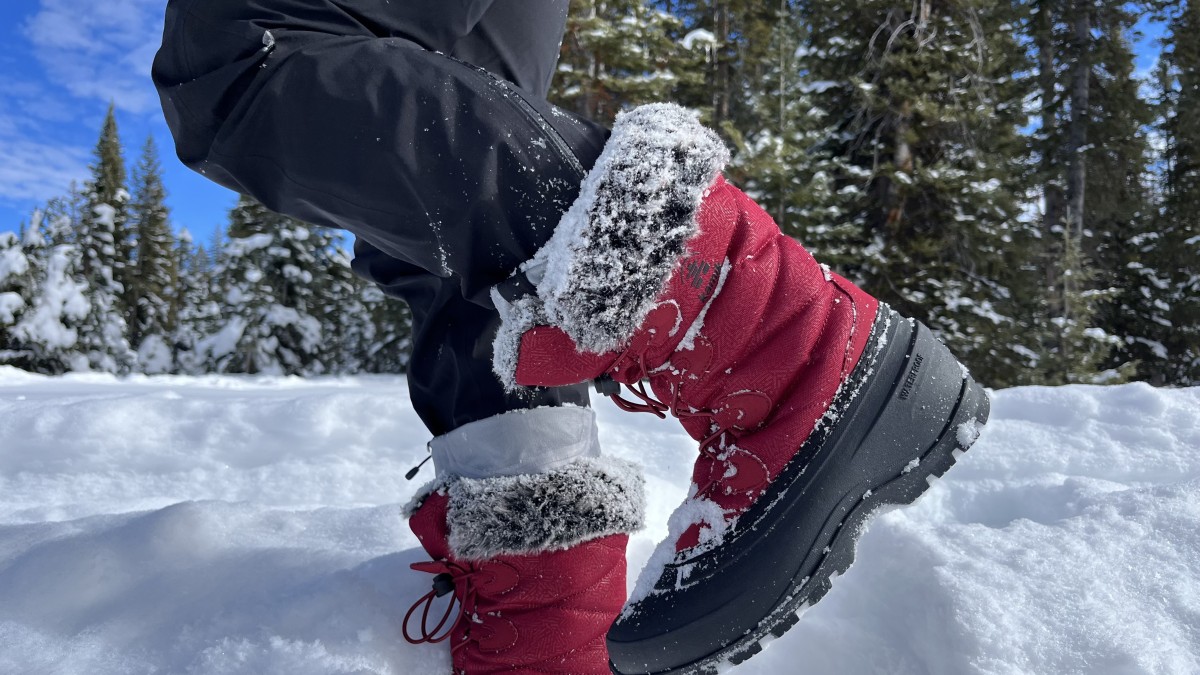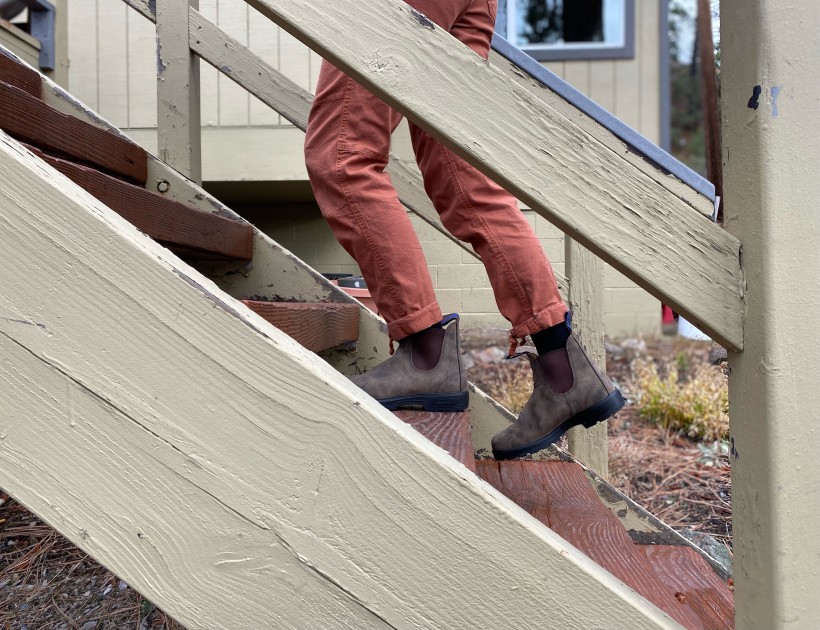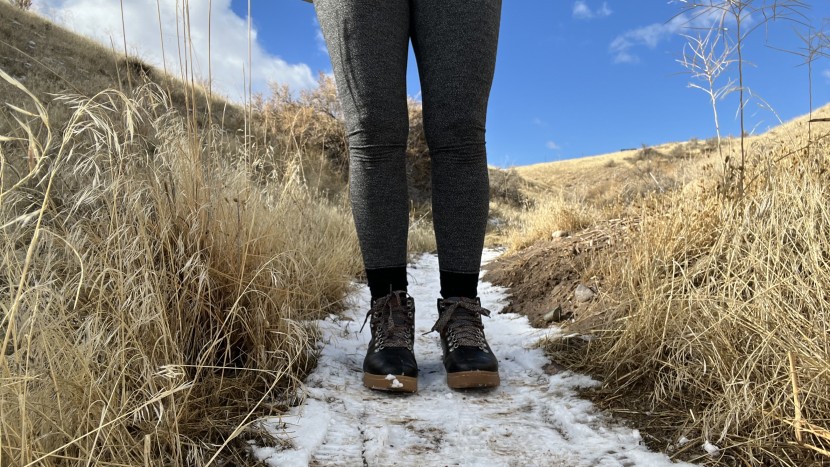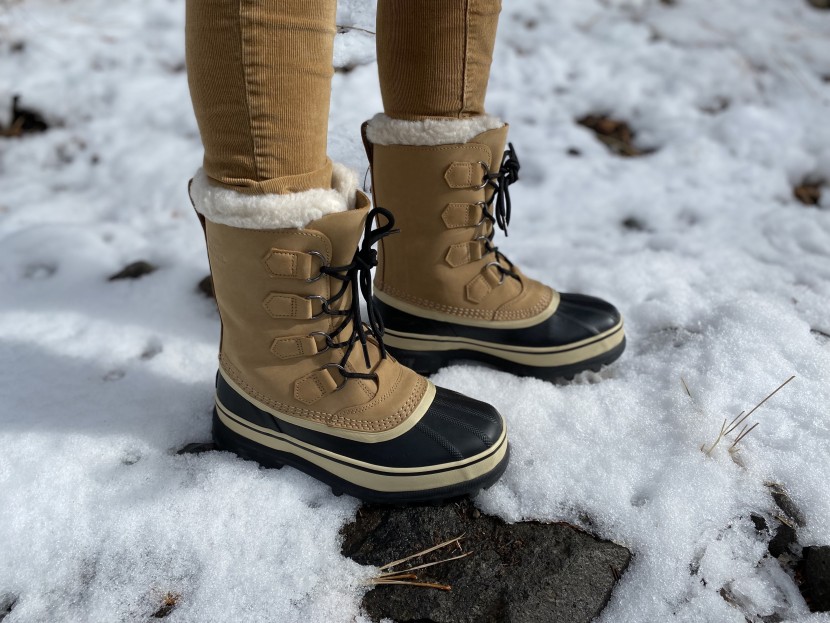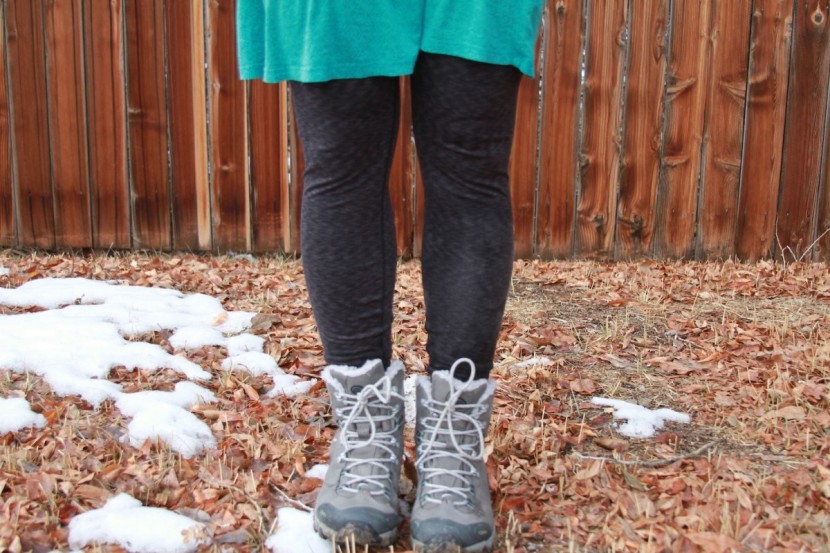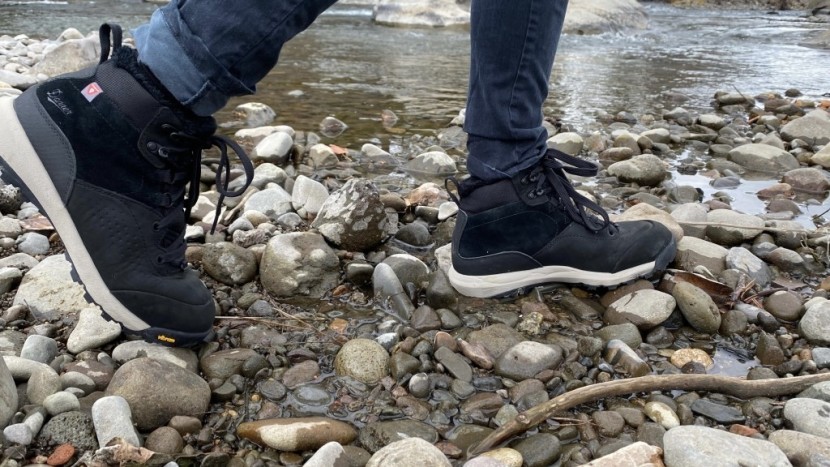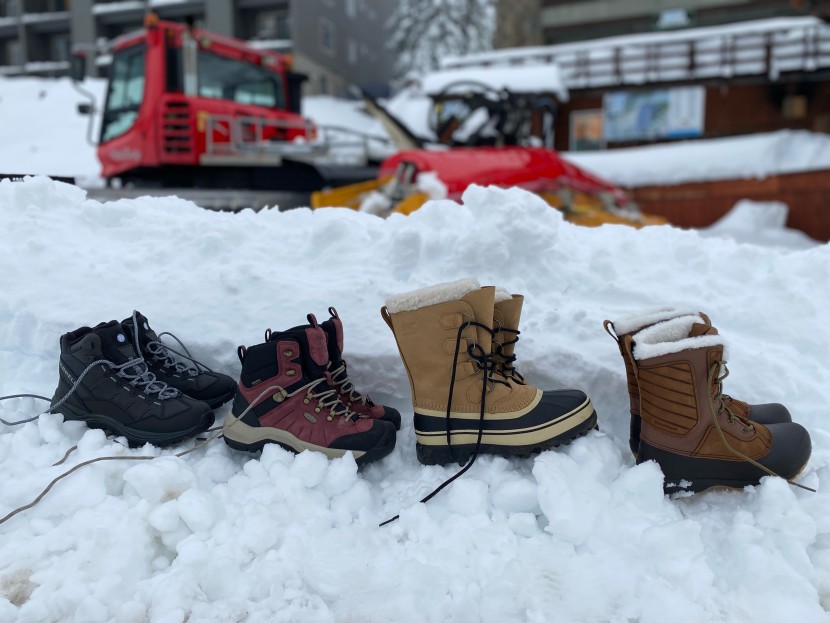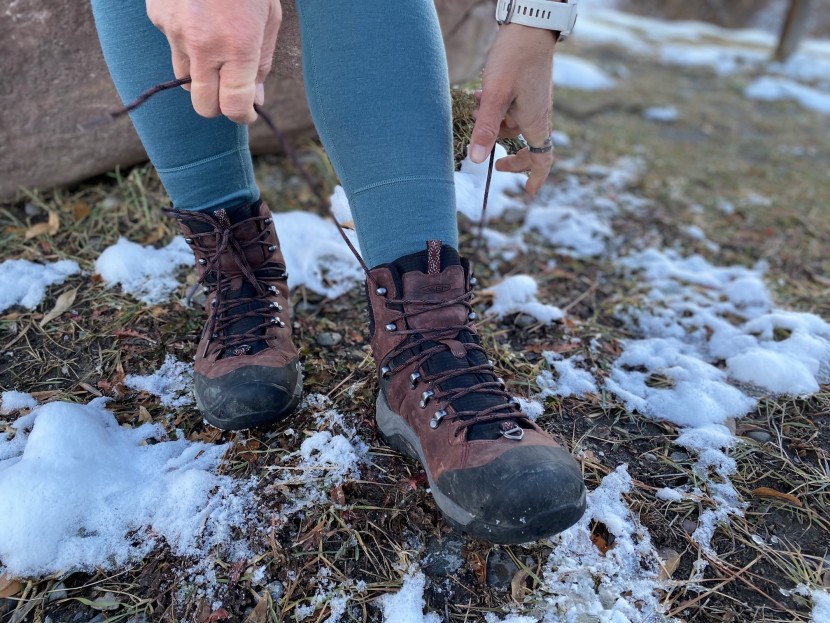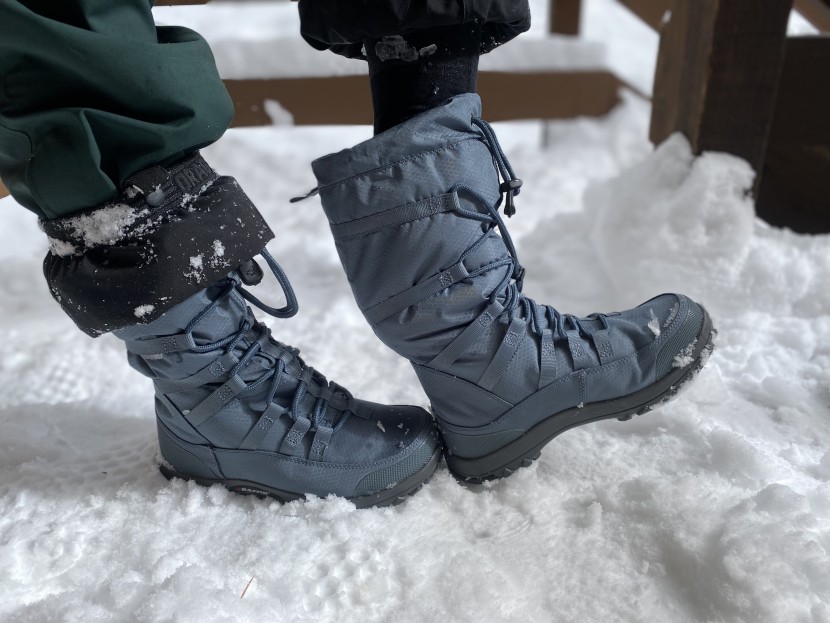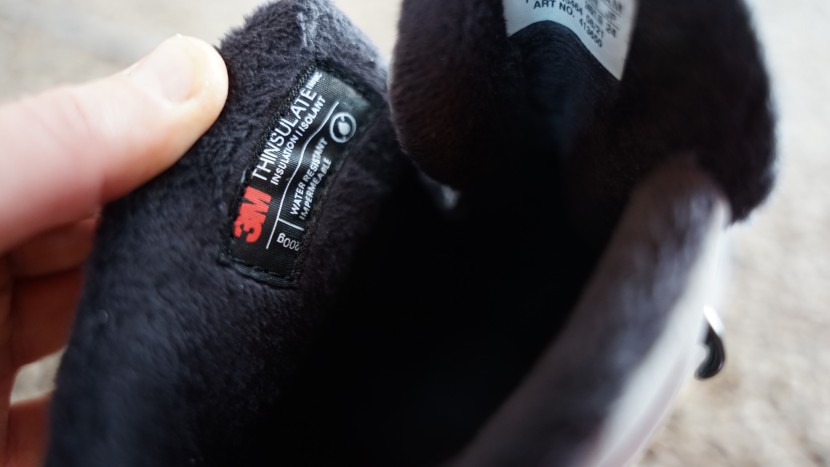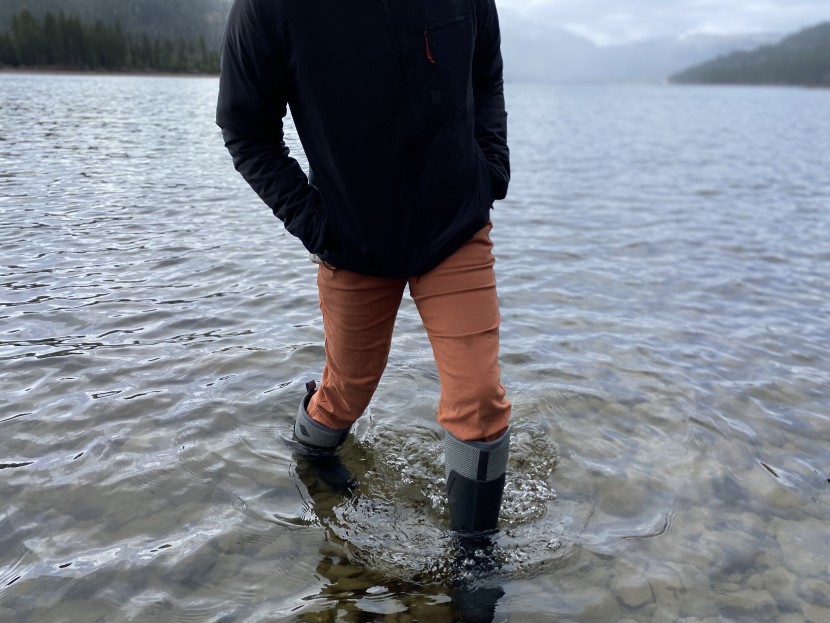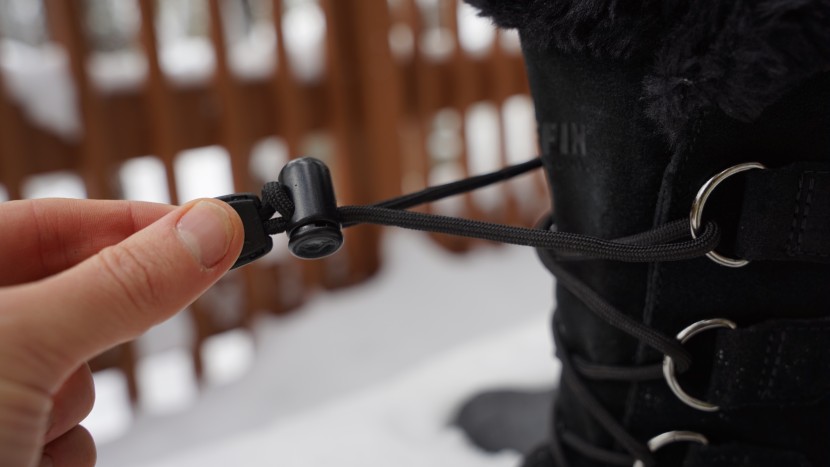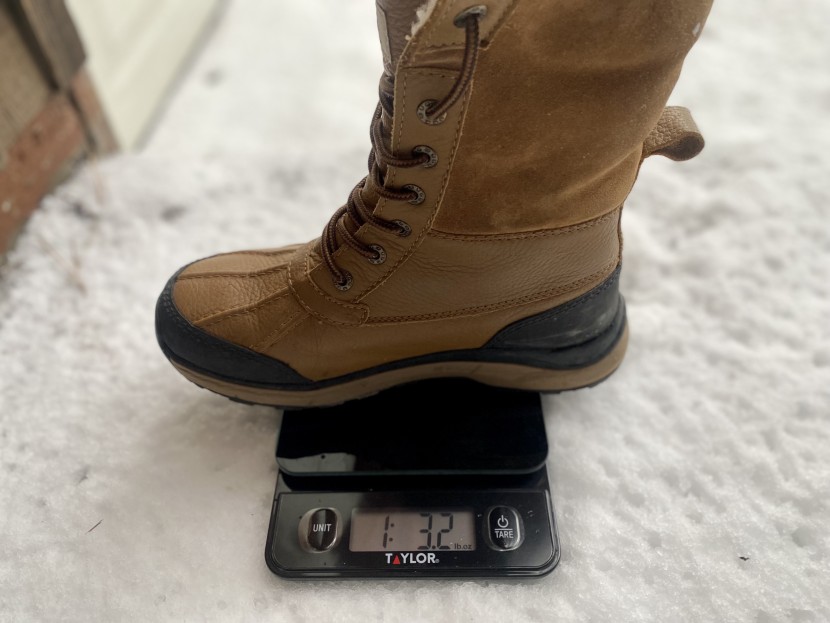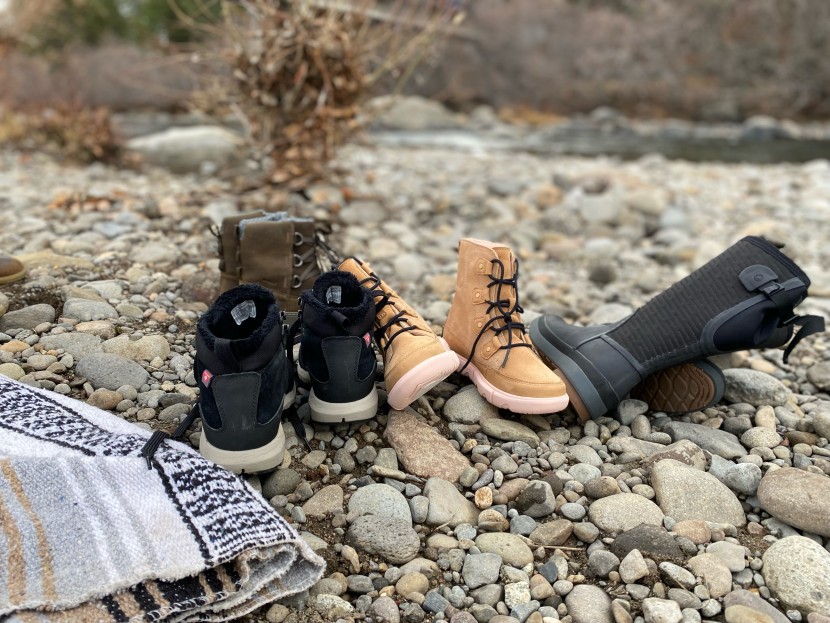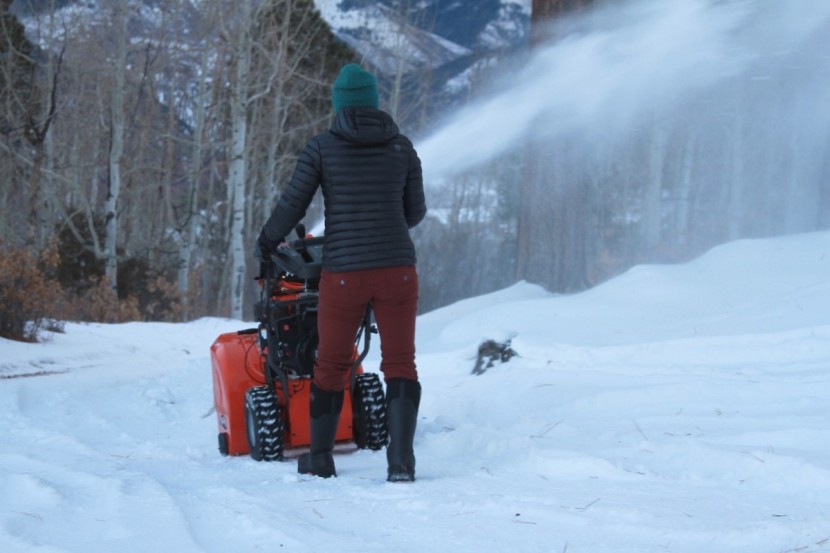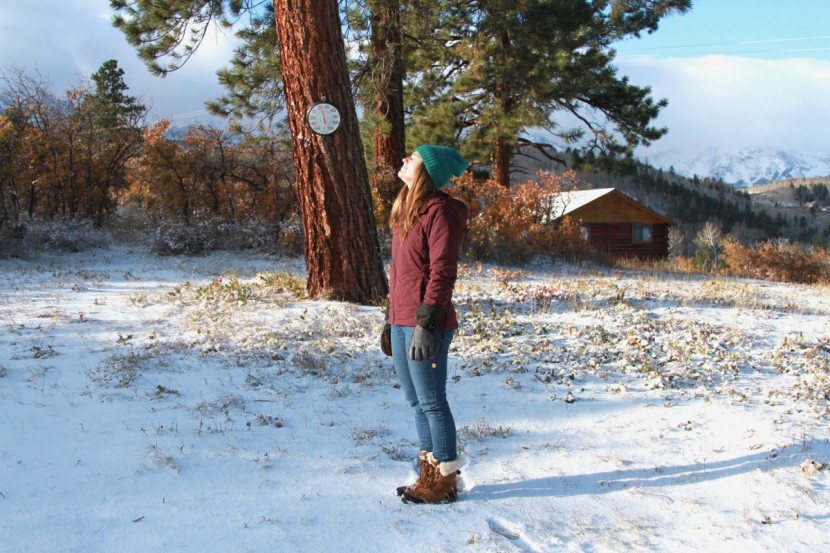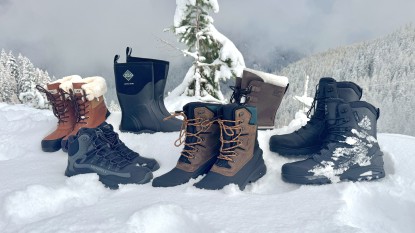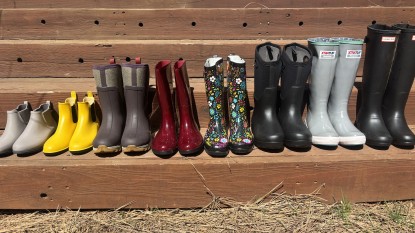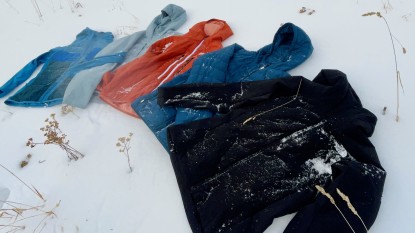The first step to enjoying the winter is warm and happy feet. A good protective pair of warm winter boots for women can make all the difference between being comfortable outside and wanting to hide from the cold all season. While there are many options on the market, we have learned a thing or two after years of testing these boots (and the top men's snow boots, too!) and can help you hone in on the best model for your preferred activities and budget.
Where Are Your Boots Going this Winter?
What's the weather like where you live? Is it wet? Humid? Dry? Super cold? Sometimes cold? Very Snowy? It's important first to consider where you live and the types of weather you plan on being in “most of the time.” The odd blizzard or superstorm may not warrant buying the warmest boots on the market, but if the conditions entail arctic temperatures all season, a super warm boot may be what you need. Here are a few ideas to get you started.
- If the climate is wet, buy something waterproof, not just water-resistant. Look for leather or neoprene construction with sealed seams.
- If freezing rain or ample amounts of snow are common, traction is important. Our traction metrics look closely at outsole material and traction patterns.
- Do temperatures dip into the single or negative digits? If so, warmth is the priority. Robust insulating layers contribute to keeping you warm.
- Or do you live in a drier climate where it rarely gets into sub-zero terrain? In that case, you may not need a very burly boot. All-around winter boots may be suitable for winter versatility.
- Next, think about what you'll be doing this winter. Is snowshoeing or winter hiking your thing? Then, you may want to consider a winter hiking boot or a versatile all-around boot. Do you need to shovel the walk and get to and from the car? A warm, comfy slip-on option may be right for you.
- Also, consider fit if you have specific needs like a narrow heel, wide foot, or preferred level of arch support. With these considerations in mind, please keep reading to learn about which boots we recommend for you.
Types of Winter Boots
Over the years, we have tested dozens of women's winter boots and determined three major categories, each having its pros and cons. Not all boots are created equal, and some boots are more suited for specific uses than others. The categories we've identified are All-Around Use, Pac Boots, and Active Hiking Boots.
All-Around Use Boots
These boots are the most versatile category, offering a better fit than Pac boots. They are built for light hiking adventures, getting to and from work, and wearing throughout the day in cold weather. They are often suitable for wearing around town, apres, dinner with friends, and urban adventures. This is probably the largest category of winter boots out there, and most of the boots we test are wearable in a wide range of conditions, offering adaptability across different activities.
These are typically more stylish than both Pac Boots and Active Hiking Boots and have a more breathable construction, allowing you to wear them with jeans or all day for a jaunt through town. If you're seeking a versatile boot that can do it all and doesn't need to be specialized, this is a good place to start.
Pac Boots
Pac boots are best for the coldest conditions and typically orient toward around-town use and winter chores. They feature a well-defined, thick rubber shell around the foot with a waterproof or water-resistant upper and an inner, insulating liner that is often removable. This outer shell/inner liner combination is their defining feature. Pac boots are usually highly weatherproof, with tall shaft heights, thick soles, and great insulation. They are also very durable. This boot is best for super snowy conditions where you're not hiking up big hills or over super icy surfaces, as the outsole is typically flat without lugs to increase float over snow.
The downside? Fit, traction, and breathability. The fit is typically sloppier and roomier without specific arch support. The lacing system isn't very technical, designed to be quickly pulled on and kicked off. Traction is often minimal, looking more like a wavy, flat pattern without lugs, which is best for battling deep snow, not icy surfaces. These boots are harder to fit a pair of microspikes onto as well.
Active Winter Hiking Boots
An active hiking boot is best for, you guessed it, hiking in the winter! This type of boot features a snug lacing system and rigid upper for a more precise fit and better overall stability on technical terrain. The rigidity also helps you to kick steps into steep snowy slopes and works well with a pair of snowshoes or microspikes.
This type of boot is designed for aerobic activity, featuring breathable textiles to keep feet dry and warm all day long. Traction typically features big, long rubber lugs that can easily stick to steep and snowy terrain.
The downside? This type of boot typically looks techy and takes more time to get on and off. It is often shorter to facilitate movement (though longer versions are often available), so you may need gaiters to keep snow from getting inside the cuff. Also, the streamlined construction means you don't float as high in deep snow. But if you like to stay super active even when the snow flies, this is the type of boot you should buy.
Factors to Consider When Choosing a Winter Boot
There are many factors to consider when looking at buying a winter boot. Take a look at the key considerations below to better understand how they work (even though it might seem pretty obvious).
Sizing and Fit
When sizing a boot, it's critical to consider the relative size of your foot and read reviews to see if the fit is true to size or if it runs small or large. We discuss these details in each individual review, but as you do your own research, keep a few details in mind:
Sizing is important to ensure that you get enough warmth through the winter. If you prefer to wear thicker socks, consider sizing up your boots to provide more warmth for your toes. A tighter boot will be colder simply because blood circulation keeps you warm and restricting your circulation will ultimately restrict your overall warmth. If too much space exists in the toe box, your toes will get super cold from excess airflow. You need to be sure your feet are supported and your toes can move in order to stay warm, which is why the sizing is so important.
Socks
Wearing a thin wool sock actually helps to keep feet warmer. While most might think a thicker sock is warmer in a winter boot than a thinner one, that's not always the case. Thicker socks have a harder time wicking away moisture from your foot, ultimately holding moisture and becoming colder when you stand still. Our recommendation? Choose a thin merino wool or polyester sock that'll wick moisture well when you are active. Reserve thick winter socks for standing around. Avoid cotton socks at all costs, as this material will always hold any sweat and make you cold. An appropriate winter sock is just as important as a good boot — and a much cheaper way to stay warm!
Related: Best Ski Socks
Insulation and Warmth
Important performance characteristics include water resistance and warmth, and both are directly related to construction. Boot warmth depends on insulation quality, outsole thickness, and the design of the footbed. Factors like shaft height and the seal at the top of the shaft also play a critical role in overall warmth. We find that boots with a little more dead space in the toe box warm-up faster than boots with a narrow or constricting construction.
Water Resistance
Winter boots get their water-resistance or proofing using treated leather, nylon or rubber, or sandwiching a waterproof and breathable membrane between the insulation and outer shell. Pac and snow boots use the former method. Winter hiking boots tend to use the latter, which is why they work so well for active pursuits. Either method can be completely waterproof with the right construction and quality materials.
Most winter boots have some sort of DWR treatment to keep water from soaking the outer material even if it isn't seeping into the boot. This is what makes water bead on the surface. Over the long term, materials like leather, suede, and nylon may need to be retreated to maintain their water-resistance, while rubber remains water-resistant over the life of the boot. Keep an eye on seams, which can often be a weak point in boot construction and waterproofness.
Lacing
Lacing and unlacing winter boots is the annoying task that stands between you and your wintry trail retreats or your warm, relaxing moments by the fire. How hard a boot is to get on and off and how long it takes to get the proper snugness and support is important if you need to take your boots off regularly. The loose fit of Pac boots' makes them easier to step in and out of, and they require less precise lacing since you can't get them that tight anyway. Winter hiking boots will also require more time to cinch up, but some allow for one fluid pull from the top while others require tightening individual laces from the toes up. There are also several slip-on winter boots on the market, which skip the issue altogether. We appreciate this simplicity, and often they fit well enough for all-day use.
Weight and Comfort
Comfort should always play into your decision, especially if you plan to hike or walk significant distances in your boots. While some of the boots in our review have very supportive footbeds, others ultimately fall short in terms of comfort. Weight plays a significant role here as well. Heavy boots are fine if you're standing around outside looking for maximum warmth, but they take a toll if you're wearing them all day and moving around. We weigh each of the boots we test to help you clue into this aspect and further differentiate between models.
Tall vs. Short Boots
We consider a tall boot one that's 10-inches or above and a short one anything less than that. We tested both. Like most things, there are pros and cons to both of these designs. The most obvious benefit of taller boots is that they offer additional protection from deep snow and provide extra warmth for your calves. Unfortunately, they are not as agile and don't have the same mobility as short boots, designed for plowed sidewalks and trails.
Most pairs of short boots in this review we were able to hike in. While they don't provide as much protection from the snow, many still offer significant water resistance in puddles and slush. Moreover, if you live in a region that only gets a few inches of snow at a time, short boots will almost certainly provide all the snow protection that you would need. However, if you do decide on a shorter boot and still have to navigate deeper snow, be sure to opt for one with a shaft that cinches closed or offers a way to attach a gaiter.
One final consideration is that short boots (especially those without faux fur) have a longer season. They are easier to wear in late fall and early spring when you may want some warmth but don't need a huge winter boot.
Fashion vs. Function
Footwear plays a major role in a person's overall look. Since many women purchase winter boots for use around town, we're going to start with a debate about fashion vs. function. In the case of a hiking boot, style is probably not at the top of your priority list. But, if you are on the hunt for a boot for general around-town use, it is often important to balance function with style.
As with most products, it is important first to consider how you plan to use your boots and what the weather in your region is like. If you live in a frigid and snowy area, it may be critical to purchase a tall, burly boot that looks good as well. Many options out there have a techy exterior that doesn't look the best when hanging out or going to dinner in town. However, there are also a lot of options that balance both fashion and function.
Fur or No Fur?
Who knew that faux-fur was such a controversial topic? Some women love the look, while others say it's a dealbreaker. Consider what your tastes are because this could immediately narrow your options, or expand the possibilities, for your winter boot selection. In addition to personal preference, there are some basic pros and cons of faux-fur boots.
A faux-fur collar provides an excellent seal at the top of a boot, keeping heat in and snow out. This ultimately helps to keep feet dry and warm during the coldest days of winter. One downside of these collars is that snow can build up on the collar, melt, and eventually seep down into the shaft of the boot. Second, the fur can make it tricky to wear these boots underneath pants. Depending on who you are, what you wear, and your intended use, consider if faux-fur is a smart choice.
Conclusion
While there are seemingly lots of different options on the market, it's important to take a look at some of the best performing boots out there. We have provided you with some food for thought when going forward and making these important decisions for winter. We wish you luck in this super exciting process to find a pair of boots that'll have you happily tackling snow-covered sidewalks and trails all winter long.

